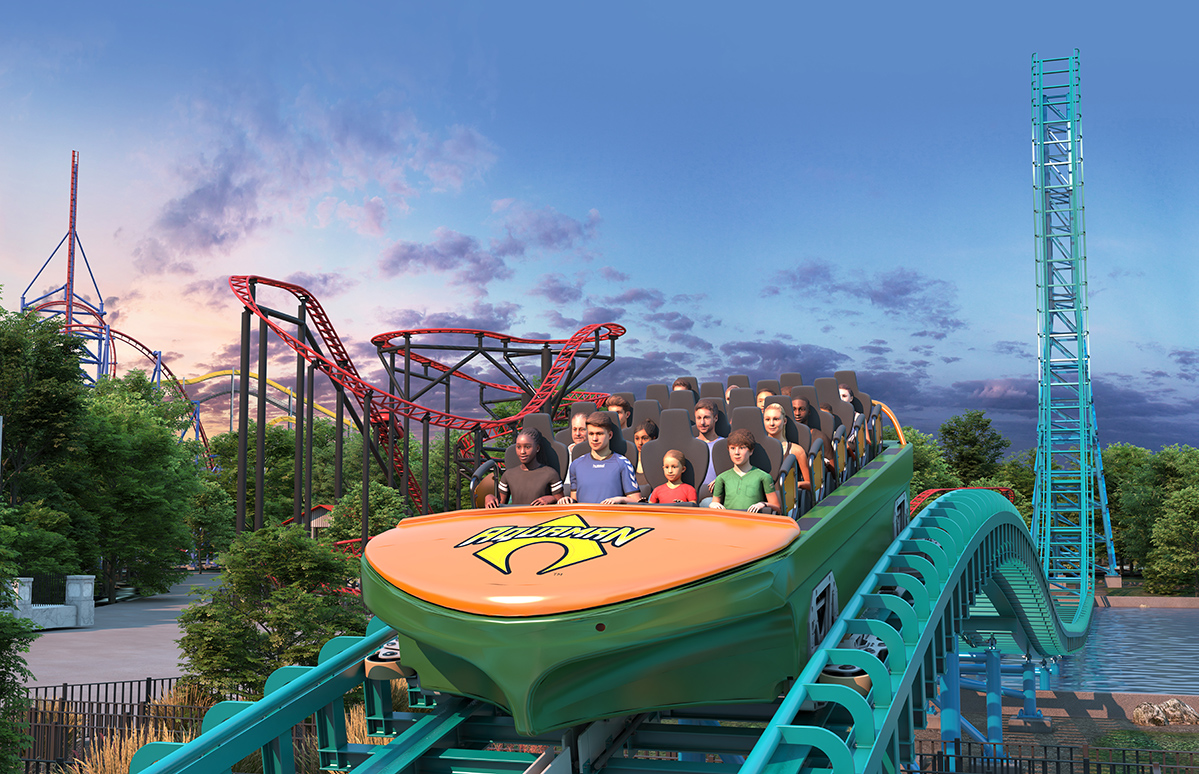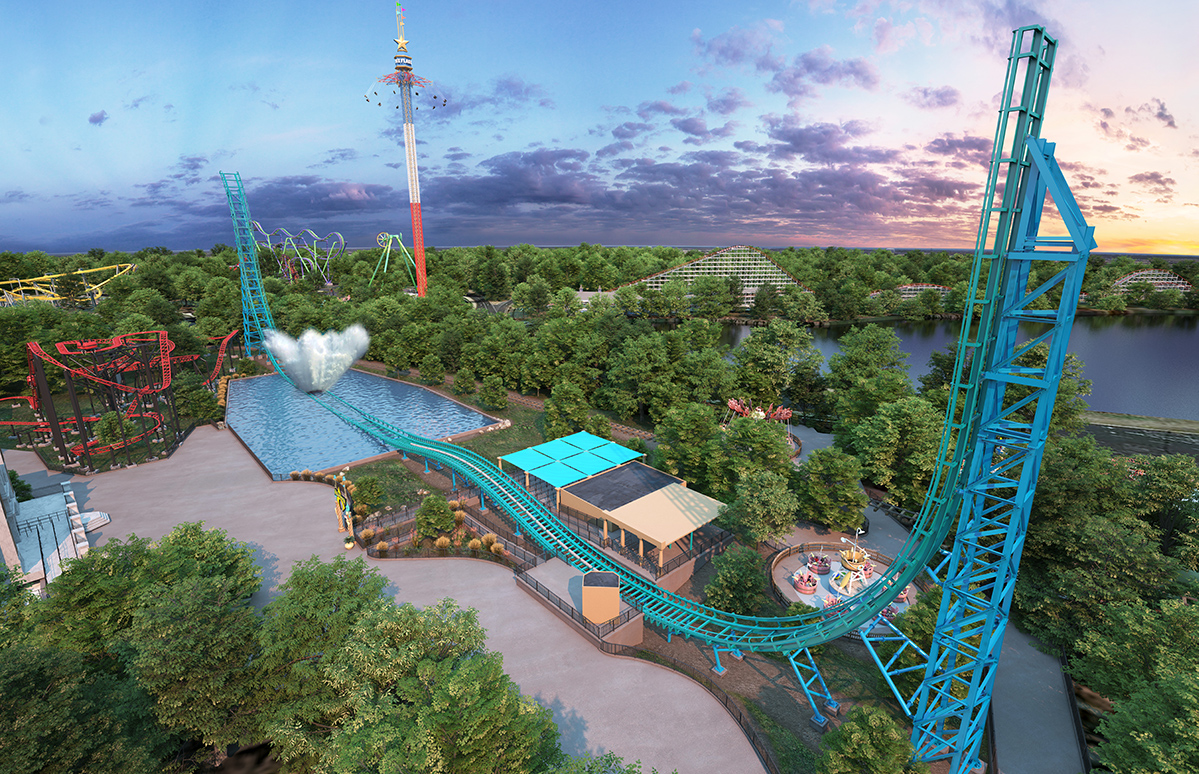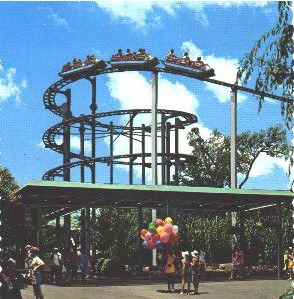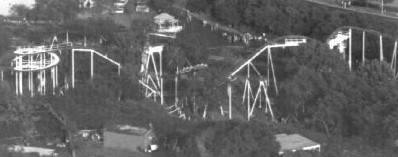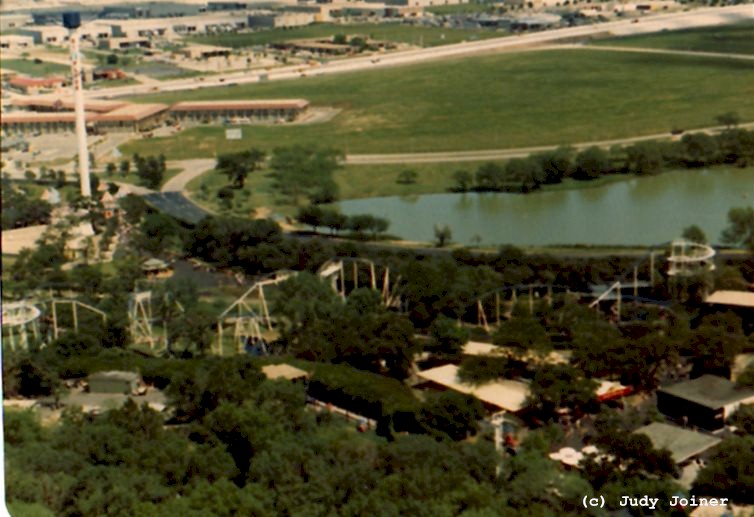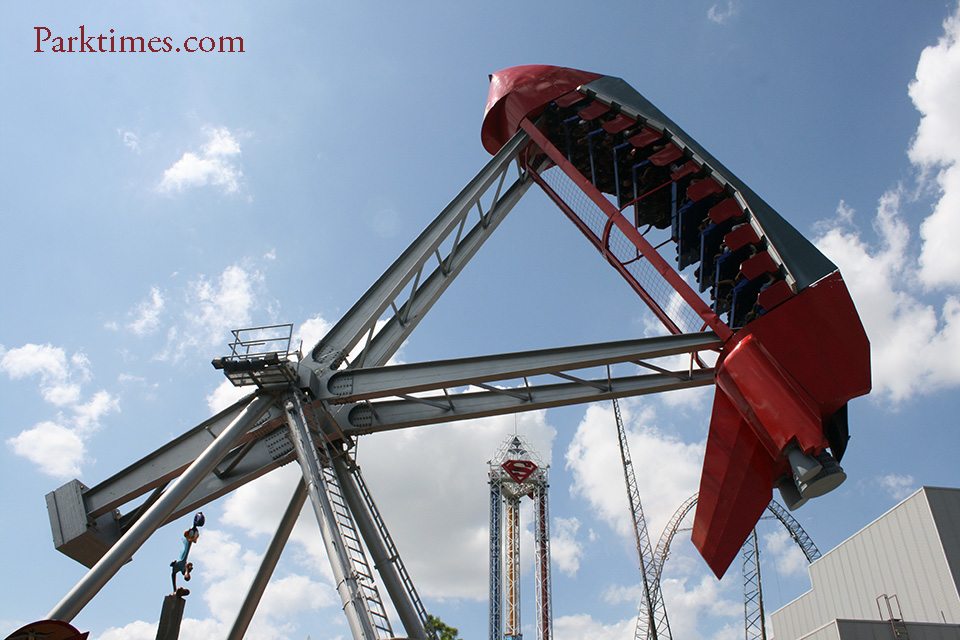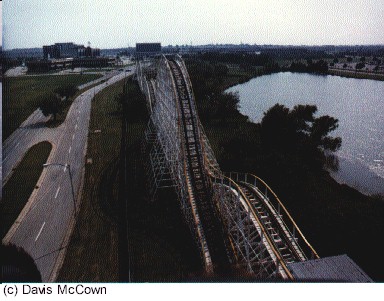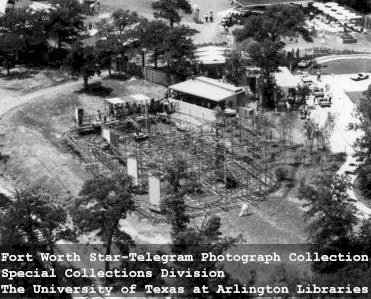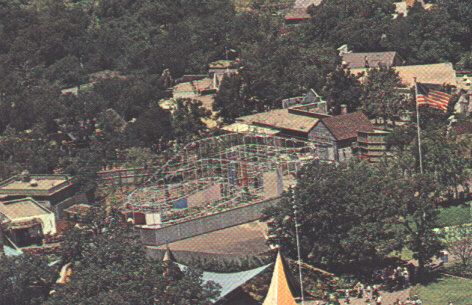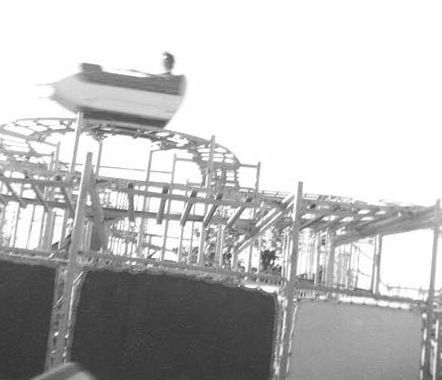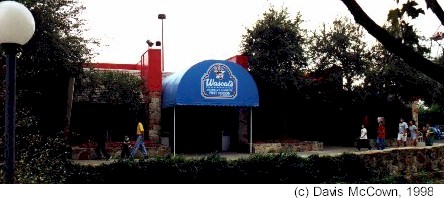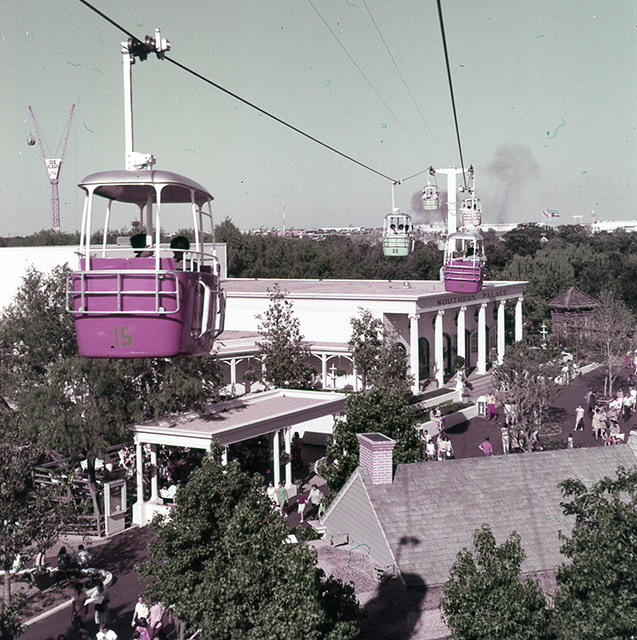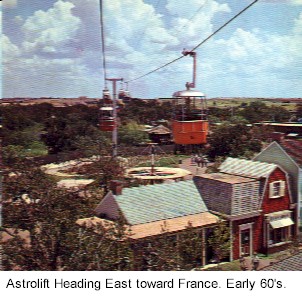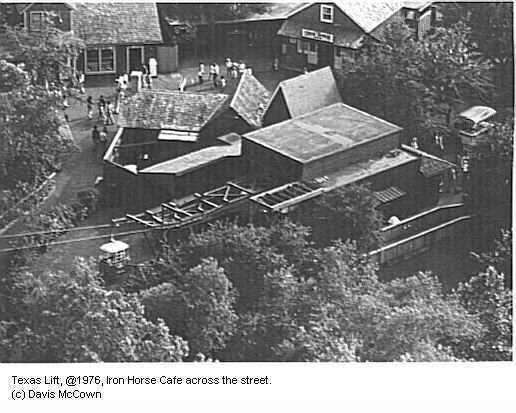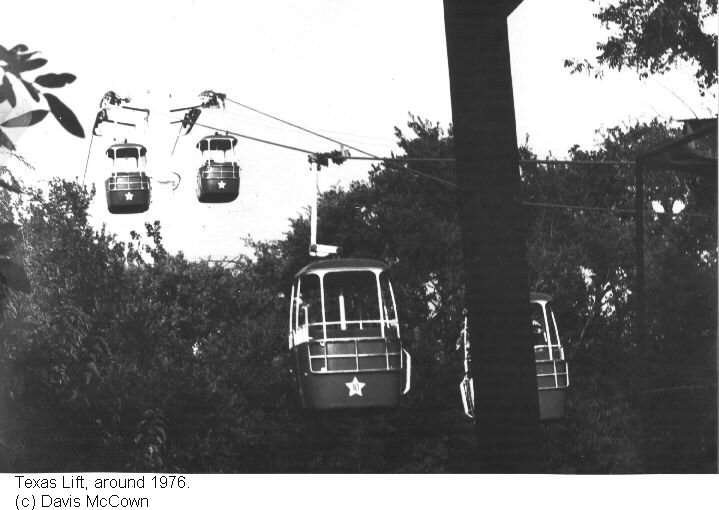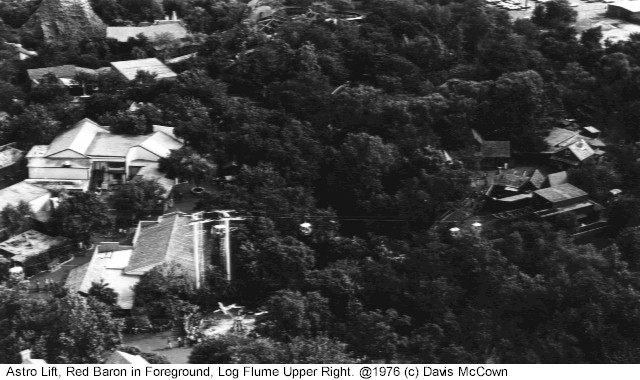Year Installed:
1971
Last Year Operated:
1978
Section:
Modern USA
Manufacturer:
Schwarzkopf
Other Names and Nicknames:
In 1971, Six Flags introduced the Big Bend Roller Coaster. The name “Big Bend” was a clever play on words, since it refers both to the many “bends” felt by the riders on the curving, “bending”, track, as well as Texas’ rugged Big Bend National park, with its diverse rivers, mountains and deserts.
The ride was installed five years after the introduction of the Mine Train. Six Flags purchased the Big Bend from Schwarzkopf Company of Germany, Beginning in 1974, Schwarzkopf was represented in the United States by the Intamin Company. The name INTAMIN is taken from the phrase INTernational AMusement INstallations.
The Big Bend had many features that stand out, even by today’s standards. The roller coaster was what Schwarzkopf denoted a “Speed Racer” style coaster. Rather than bench style “side-by-side” seating, in which two riders sit next to each other, the Big Bend cars had a “toboggan” style bench seat, in which two riders straddled the seat and sit in front and back of each other, similar to the configuration of the log ride units. .
The seats were deep in the vehicle, with a high side railing. This configuration negated any need for seat belts or other restraints. Restraints were, however, added after a few years of operation.
The ride was also different in that unlike most roller coasters, which have some type of independent lift mechanism which pulls or lifts the units to the top of the lift hills. Instead, the Big Bend cars had their own motors in the units which “drove” the units to the top of the lift hills. The motors were activated by a third rail, in between the two track rails, much like an electric train.
Once over the top of the hill, the third rail ended and the trains were left to roll around the track at speeds of up to 52 mph.
The unique lift arrangements allowed the coaster to have more visually interesting, and suspense building, spiraling style lifts, rather than the straight up hill normally associated with roller coasters.
The Big Bend was built in the modern USA section, in keeping with its futuristic appearance. The dock and queue line were located along the same platform which had previously served as the Jet Set, which was removed for the installation of this ride.
The ride had two of the spiraling lift hills, the first was 81 feet tall, significantly higher than the more established Runaway Mine train. The second was 51 feet tall. The track length was 2,876 feet, slightly shorter than the Mine train track.
The ride was an immediate success and become extremely popular.
The ride was removed at the end of the 1978 season for various reasons.
